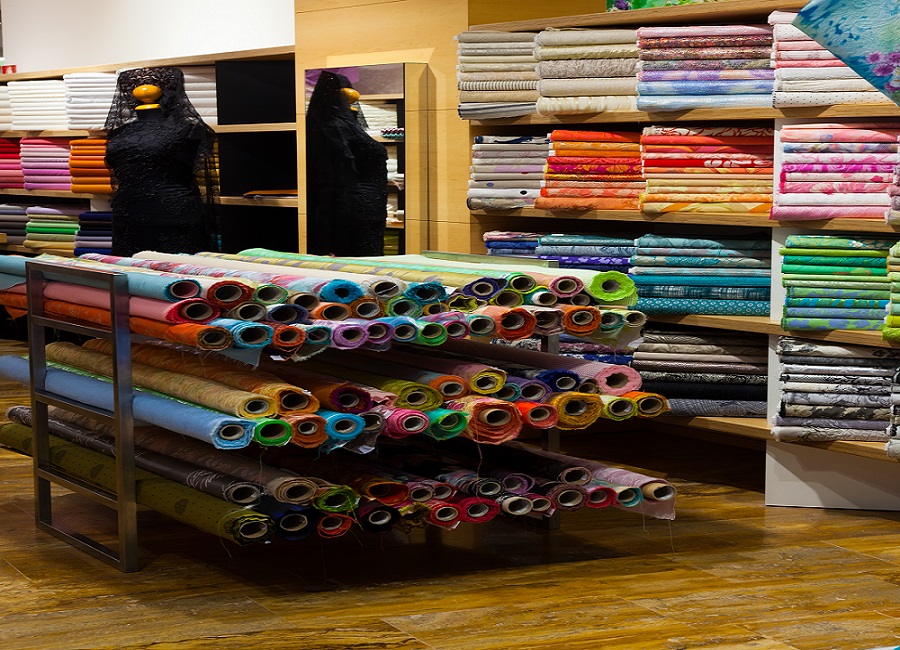The textile trade is extremely water intensive. Water is employed for cleansing the material and for several flushing steps throughout the total production. made waste water must be clean from, fat, oil, color and different chemicals, that square measure used throughout the many production steps. The cleansing method is betting on the sort of waste water (not each plant use constant means of production) and additionally on the quantity of used water. additionally not all plants uses constant chemicals, particularly corporations with a special normal (environmental) attempt to keep water clean all told steps of production. therefore the ideas, to treat the water will disagree from one another.
Water treatment with totally different quite pollutants, is large-scale, thanks to several cleansing and removing steps concerned.

Screening, Straining
This opening move of treatment is to get rid of little particles from the method water. during this means the water can clean from fibers, fluff and cotton flock. Fore these filter steps drum- and bag filters square measure used.
Oil removal (if required)
If throughout the step of wool treatment, solvents like white spirit or others square measure used they need to be faraway from the waste water. Membranes or oil removers square measure helpful. thanks to oil or different organic solvents within the water, microorganisms is killed.
Homogenization
This step is beneficial to combine the water. With this step, the pollution is healthier distributed. that creates it easier for microorganisms to treat the water. result’s a more practical biological cleansing step.
Neutralization
After homogenization, the answer encompasses a pH of around nine to ten. Neutralization of the water is done by acid or air flow contraption betting on the pH worth.
Physical- chemical- treatment
If the concentration of dissolved solids is extremely high (sulfides, chromates, etc.) and/ or color is additionally within the water, the sort of treatment is numerous.
Possible square measure the subsequent procedures:
• catalyzed oxidization of sulfides
• flocculation
• decoloring with flotation
• Biological purification
The type of biological treatment depends on the concentration and type of waste material.
2 biological steps square measure used:

Trickling filter
The construction could be a nice reservoir, that is full of plastic “pieces”, crushed oxide rocks or different materials that have a really giant surface. the big surface offers microorganisms a straightforward likelihood to grow. The trickling equipment sprinkles the waste water over the loaded material. Air is processing into the pool from high or from below to administer the organism bacterium the correct living conditions. With the growing of the bacterium the biological activity particles within the waste water are going to be treated.
This best step of biological treatment is reducing the BOD5 between fifty and seventieth. an obstacle could be a superb filtrated water while not particles that might clog the spray nozzles. betting on this reality a {flocculation|natural method|natural action|action|activity} process before trickling is critical.
Activated Sludge
With this sort of procedure the waste water doesn’t ought to be flocculated as a result of the bacterium sleep in the sludge. The principle is simple, waste water is stuffed into a pool wherever the bacterium reside. By a devotee air is processing into the water to administer the organism bacterium the correct growing conditions. The sludge, along with the bacterium square measure the activated sludge. BOD5 removal rates reach ninety to ninety fifth.
To dump the sludge, it’s to be thicken. this will be done by totally different procedures, betting on the amounted sludge, that ought to be drop.
De-inking
If it’s necessary this last step of treatment can take away the colour by oxidisation, absorption or different procedures.

